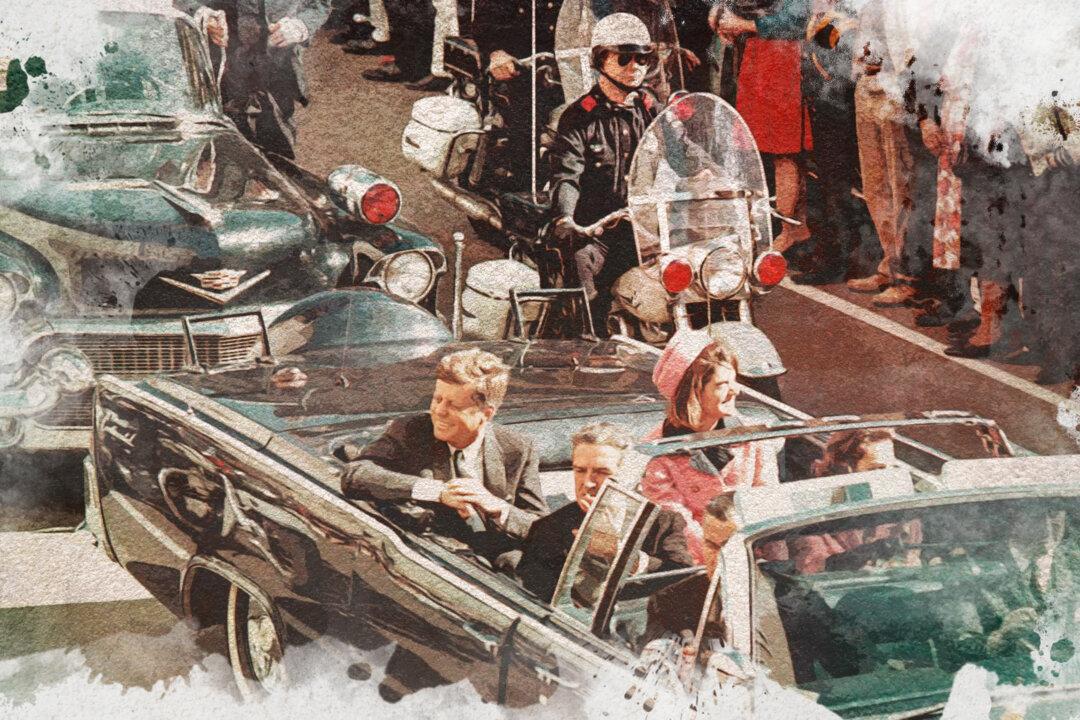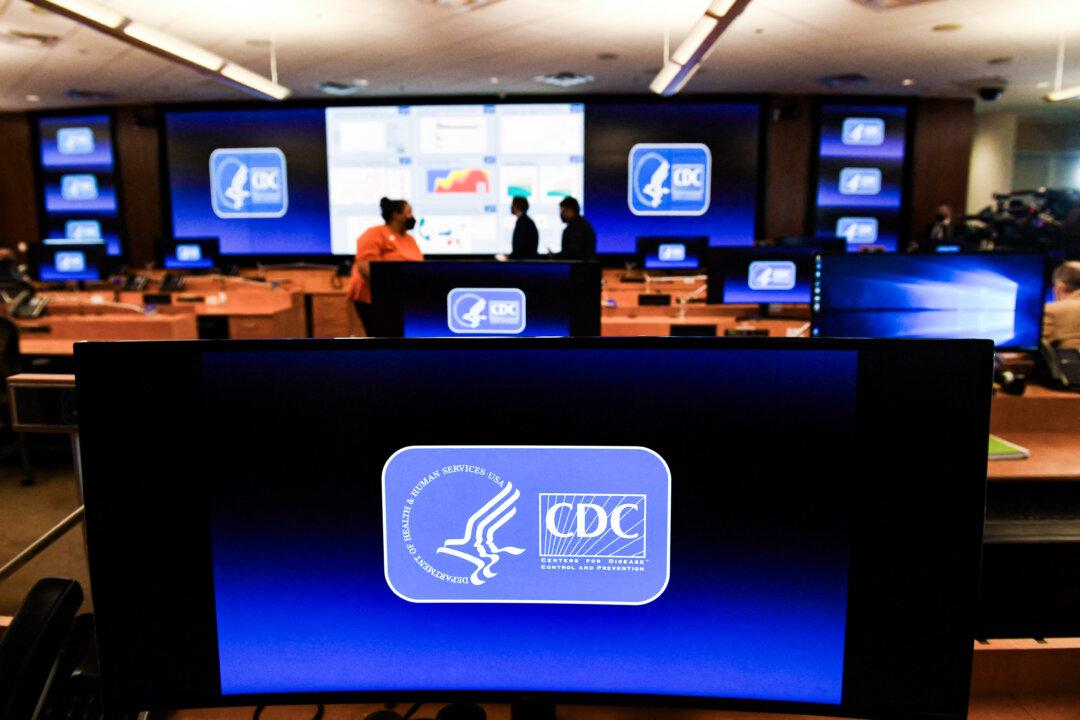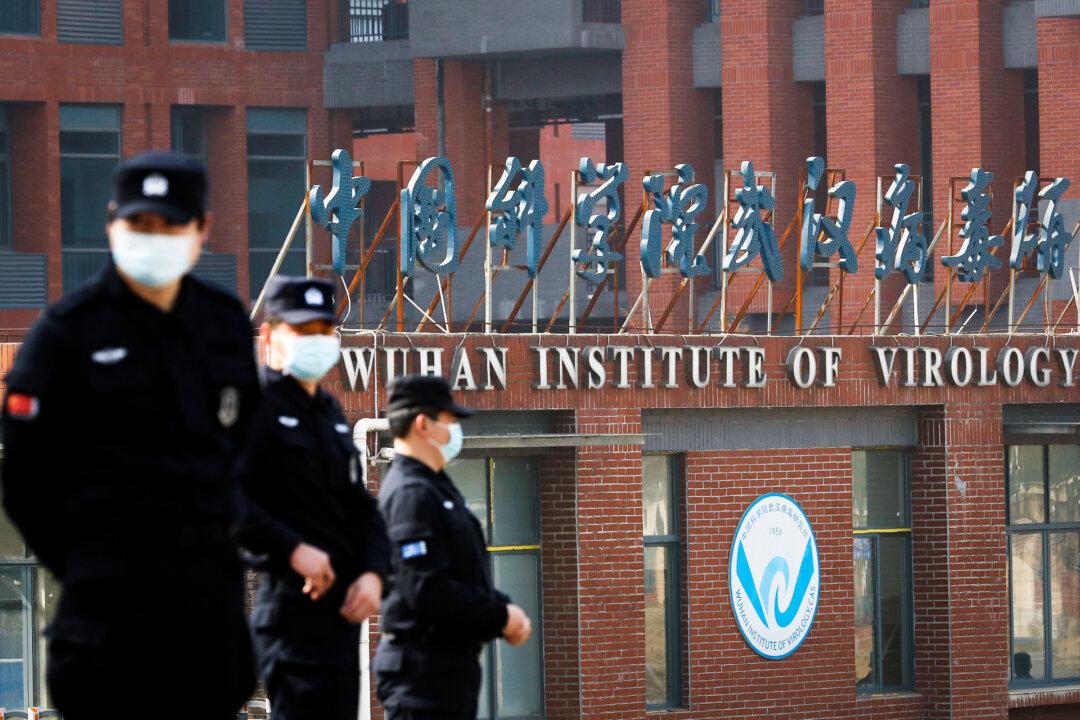The Epoch Times presents the first part of an exclusive edited extract from the forthcoming book “Swiftboating America” by Hans Mahncke, co-host of “Truth over News” on EpochTV. Sign up at SwiftboatingAmerica.com to get a notification once the book is out.
It had become a tradition that I would take the kids camping each summer for my birthday. In the past, we had rented an RV or a cabin, but this time the kids wanted the barebones experience. Our journey took us to a lush forest near the shores of Lake Huron. We arrived on July 16, 2020. Little did I know that the next three days would turn out to be anything but the tranquil camping trip we had come for.





